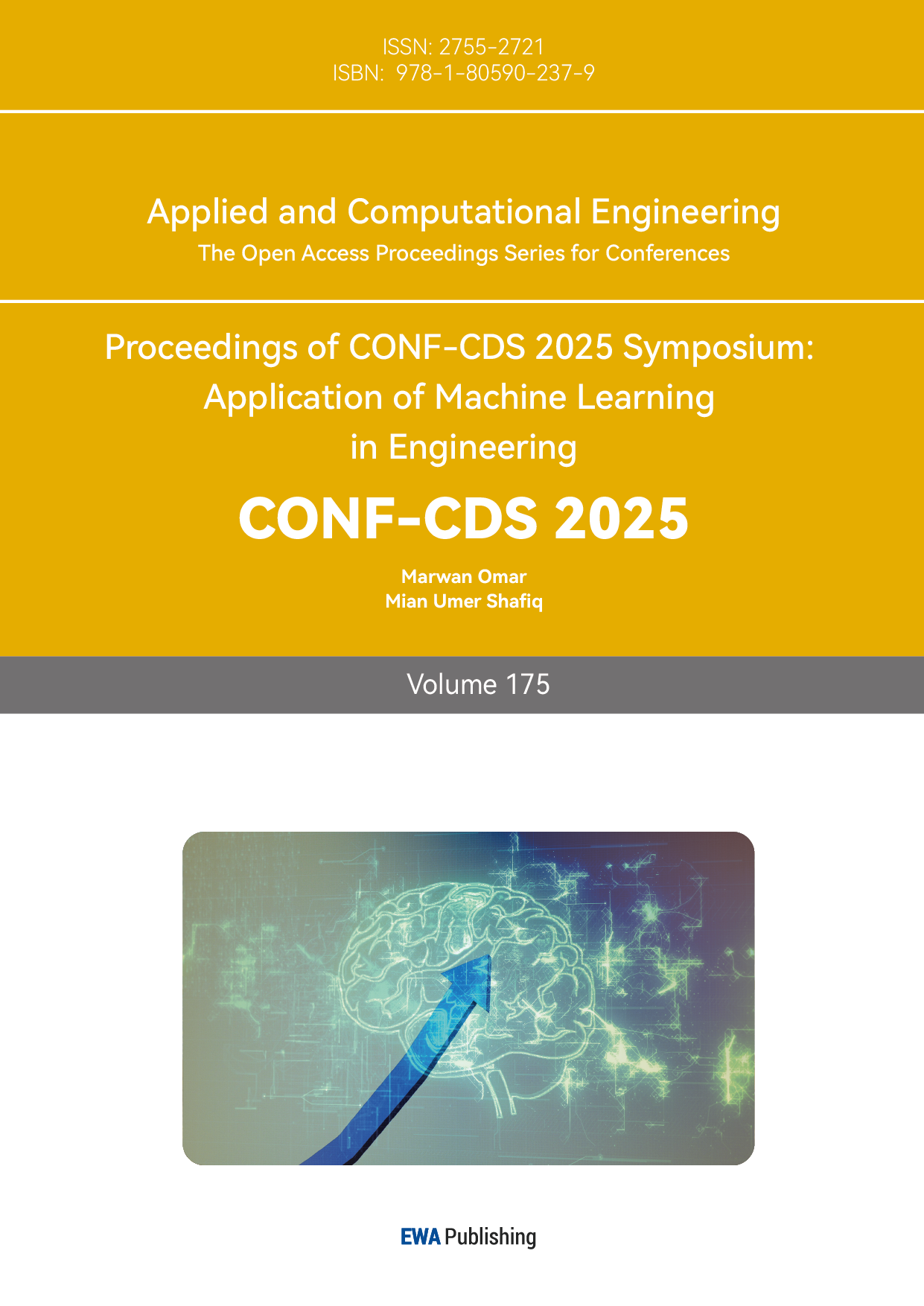References
[1]. Yuxin Huang, Yuan Zhao, Zhengtao Yu, et al. Event-driven Story Generation Method Based on Three-act Structure Thinking Chain and Semantic Self-consistency [J]. Pattern Recognition and Artificial Intelligence, 2024, 37(07): 571-583.
[2]. Vaswani, Ashish, Noam Shazeer, et al. Attention is All You Need. Advances in Neural Information Processing Systems, (2017): 5998-6007.
[3]. Yawei Sun. Research on Text Generation Technology Based on Pre-trained Language Models under Small Sample Size Constraints [D]. Harbin Institute of Technology, 2021.
[4]. Devlin, Jacob, Mingwei Chang, et al. BERT: Pre-training of Deep Bidirectional Transformers for Language Understanding. Proceedings of the 2019 Conference of the North American Chapter of the Association for Computational Linguistics: Human Language Technologies, (2019): 4171-4183.
[5]. Radford Alec, Jeff Wu, Child R., Duan L., Amodei D., and I. Sutskever. Language Models are Unsupervised Multitask Learners. OpenAI Technical Report (2019).
[6]. Yazheng Yang, Boyuan Pan, Deng Cai, and Huan Sun. TopNet: Learning from Neural Topic Model to Generate Long Stories. IEEE Transactions on Affective Computing 12, no. 4 (2021): 639-653.
[7]. Xiangze Kong, Jialiang Huang, et al. Stylized Story Generation with Style-Guided Planning. IEEE Transactions on Affective Computing 13, no. 5 (2022): 1059-1072.
[8]. Bulut Okan, Seyma Nur Yildirim-Ersari. Automatic Story and Item Generation for Reading Comprehension Assessments with Transformers. IEEE Transactions on Affective Computing 13, no. 5 (2022): 1045-1058.
[9]. Jianshu Chen. Research and Application of Controllable Text Generation Based on Pre-trained Language Models [D]. University of Electronic Science and Technology of China, 2022.
[10]. Feifei Xu, Xinpeng Wang, and Shanlin Zhou. Story Generation Using Knowledge Graph Under Psychological States. IEEE Transactions on Affective Computing 12, no. 4 (2021): 654-666.



